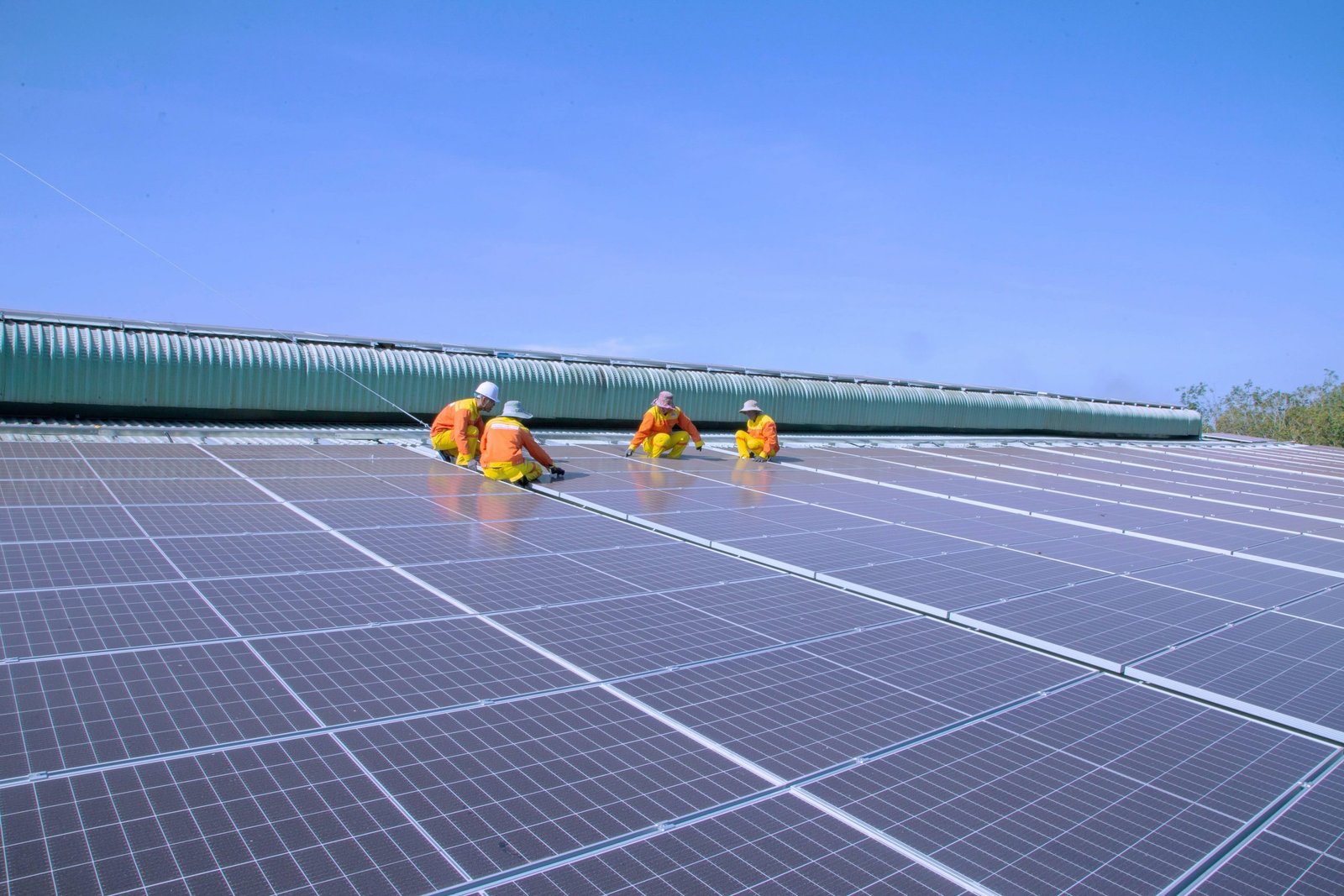Federal Court Halts Long-Term Nuclear Waste Storage Site
Australia’s plans for a centralized repository for nuclear waste have been dealt a major setback as the federal court recently blocked the construction of a long-term storage site in outback South Australia.
As a result, more than 20 tonnes of reprocessed nuclear fuel will remain at Australia’s sole reactor in southern Sydney, while nuclear waste will continue to be stored in various locations across the country, including “cupboards and filing cabinets.”
Decades of Planning Thwarted
The site in Kimba was chosen more than 40 years ago after extensive planning for a central repository. However, this month, the court decision overturned that choice, leaving Australia without a live national facility option for nuclear waste management.
The situation is further exacerbated as the waste pile continues to grow with no permanent solution in sight.
Scattered Nuclear Waste Across the Land
Over the years, successive governments and agencies have reported more than 100 locations across the country where nuclear waste is stored.
These sites include hospital basements, universities, defense and mining facilities, and research laboratories.
Although there is no definitive list due to licensing issues between federal and state governments, the vast majority of the waste is produced and stored at the Australian Nuclear Science and Technology Organisation (Ansto) facility in Lucas Heights.
Mounting Waste Inventory
According to a national inventory published last year, Australia currently has 2,061 cubic meters of intermediate-level waste (ILW), and this is predicted to more than double to 4,377 cubic meters over the next 50 years.
ILW is generated from the production of nuclear medicine, including from Ansto’s reactor, and necessitates specialized containers with shielding.
Additionally, the inventory forecasts that the 2,490 cubic meters of low-level waste (LLW) will more than quadruple to 13,287 cubic meters in the next five decades.
LLW includes gloves, paper, gowns, and other materials used in nuclear medicine. A significant proportion of both LLW and ILW, approximately 93% of LLW and 96.5% of ILW is produced and stored at Ansto’s facility in Lucas Heights.
Alternative Solutions and Concerns
Ansto is also responsible for spent fuel rods from its Opal research reactor in Sydney’s south, which are sent abroad (to France, the UK, or the US) for reprocessing.
While there have been past waste-swap deals involving the UK and France, the recent court decision has thrown the future of such agreements into uncertainty.
The current government policy is to establish a National Radioactive Waste Management Facility (NRWMF) for permanent disposal of LLW and temporary storage of ILW until a permanent solution is found.
However, some experts, like emeritus professor Ian Lowe, question the urgency of finding a centralized waste repository. They emphasize the need for safety considerations when transporting waste to a new site and suggest that leaving it at the current locations might be a safer option.
Calls to Reevaluate Waste Management Strategies
Amid the court’s decision and ongoing legal proceedings, environmental organizations like the Australian Conservation Foundation (ACF) and the Greens advocate for keeping the waste temporarily at Lucas Heights.
The ACF argues that the waste is secure there and believes this could be a circuit breaker in the long-standing political wrangling over waste management.
The government is still considering the court’s judgment and may potentially appeal the decision. In the meantime, the issue of nuclear waste management remains unresolved, and the waste will continue to be stored in various locations across the country.
Long-Term Search for Safe Solutions
Experts stress the importance of finding a geologically stable location for the permanent disposal of all types of waste.
While countries like Finland and Sweden have successfully solved their long-term waste storage issues by finding willing communities, Australia faces the challenge of identifying such a location within its vast territory.
The court’s decision has added complexity to Australia’s nuclear waste management plans, and until a suitable solution is found, the waste will remain scattered across the nation, awaiting a resolution.










